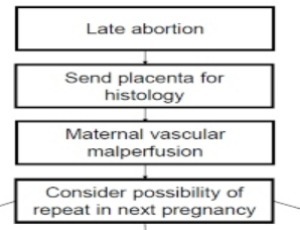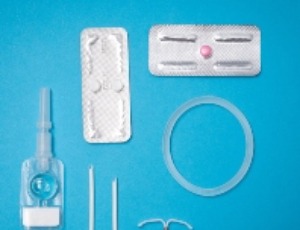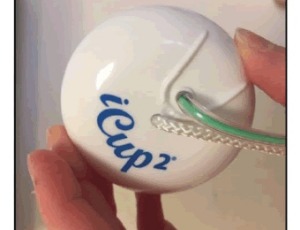Loading
Archives of Obstetrics and Gynaecology
ISSN: 2692-787X
Featured Articles
Strong Association Between Placental Pathology and Second-trimester Miscarriage
H J Odendaal
The survival probability of early human conceptions is very low. At least 73% of natural single conceptions have no real chance of surviving six weeks of gestation [1]. After six weeks, survival rates improve rapidly as 90% of the remainder will survive to term.
Arch Obstet Gynecol, 2021, Volume 2, Issue 3, p51-56 | DOI: 10.33696/Gynaecology.2.019
Early Onset Fetal Growth Restriction: Does Path to Diagnosis Impact Outcomes and Pathology?
Brian Burnett, Linda Street, Kristen Quinn, Jeff M. Denney
The etiology of fetal growth restriction is rooted in inadequate maternal-placental vascular malperfusion (MVM) of the placenta. Risk factors for MVM are broad and include maternal, fetal, and placental antecedent determinants.
Arch Obstet Gynecol, 2020, Volume 1, Issue 1, p5-12 | DOI: 10.33696/Gynaecology.1.002
Family Planning Laboratory Review of Factors Affecting the Choice of Contraceptive Methods in Three Teenagers' Populations in Thrace, Greece
Fotini Gaitatzi, Panagiotis Tsikouras, Georgios Galazios, Anna Chalkidou, Anastasia Bothou, Michael Koutsogiannis, Irini Babageorgaka, Konstantinos Nikolettos, Stefanos Zervoudis, Nikolaos Nikolettos
Contraception encompasses the concept of avoiding a pregnancy, and is aimed at women of reproductive age who, although are sexually active, do not want to achieve any pregnancy at their option fertility preservation and family planning
Arch Obstet Gynecol, 2020, Volume 1, Issue 1, p13-22 | DOI: 10.33696/Gynaecology.1.003
Preliminary Study Assessing the Efficiency of a New Singleuse Obstetrical Vacuum Device: Icup2®
D’Antona A, Mottet N, Lenoir P, Toubin C, Bourtembourg A, Ramanah R, Riethmuller D
A national perinatal survey in France in 2016 showed that 12.2% of women have instrumentally assisted vaginal births with vacuum extraction used in 49.8% of cases, making it the most frequently used form of obstetrical assistance.
Arch Obstet Gynecol, 2020, Volume 1, Issue 2, p45-51 | DOI: 10.33696/Gynaecology.1.008
About Scientific Archives
Scientific Archives is a global publisher initiated with the mission of ensuring equal opportunity for accessing science to research community all over the world. Spreading research findings with great relevance to all channels without any barrier is our goal. We want to overcome the challenges of Open Access with ensured quality and transparency.
